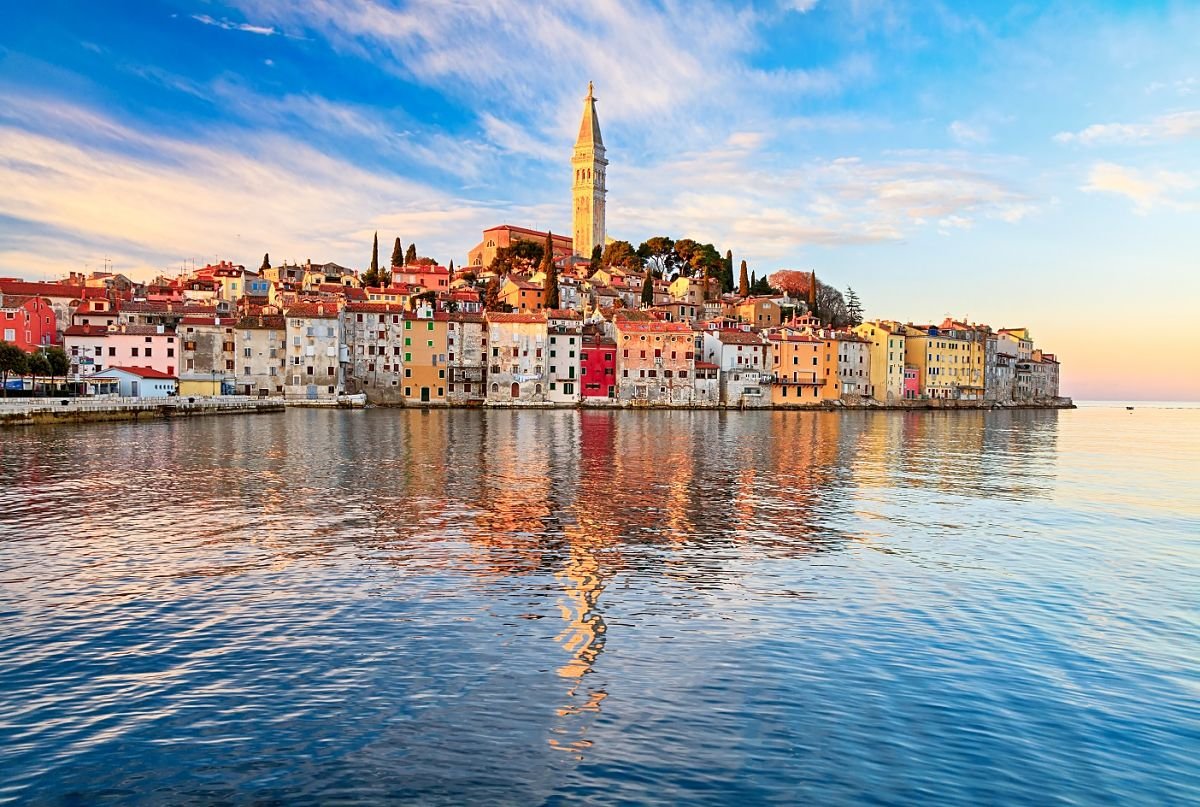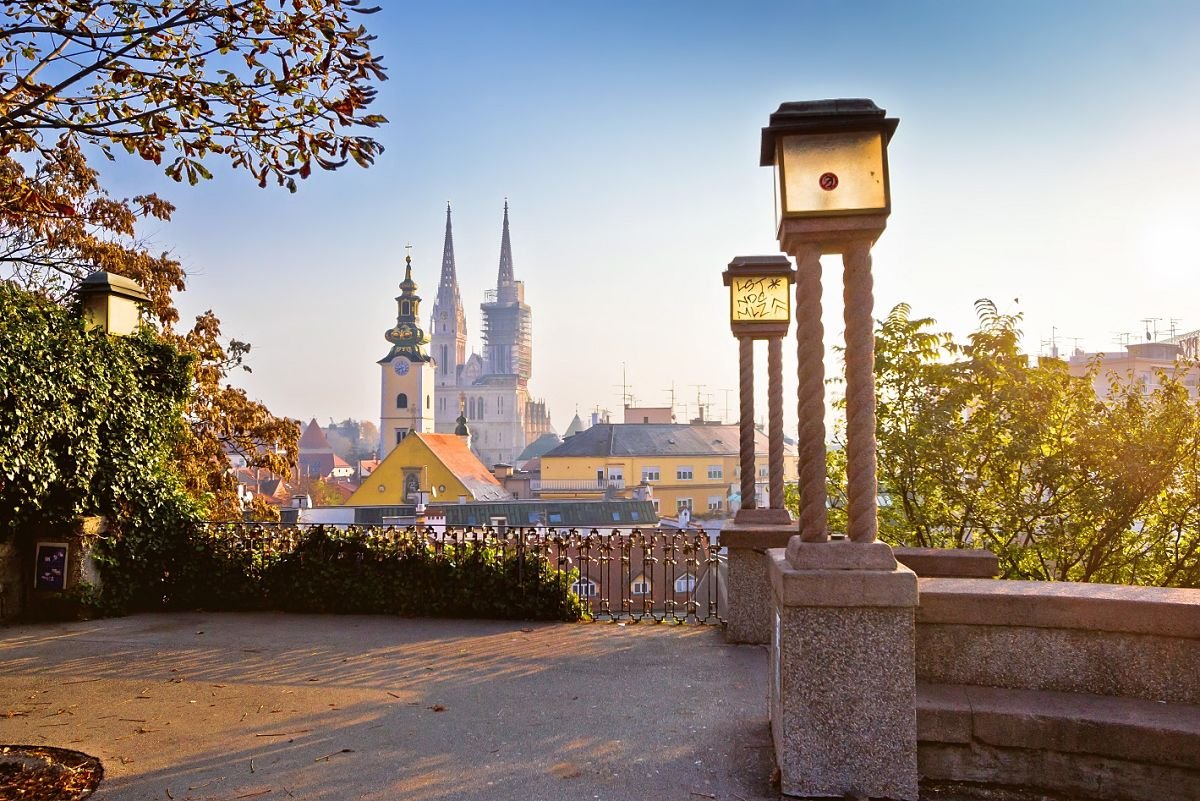The Dalmatian Coast is what most people would identify as Croatia, stretching south along the clear Adriatic Sea, home to a series of impressive, historic cities and blessed with hundreds of enticing islands and islets. Various nations from the Romans, Greeks and Venetians to the Ottoman and Austro-Hungary Empires have occupied and developed this region leaving legacies of wonderful architecture, culinary influences and cultural heritage. The atmosphere of wandering through marble lined streets in the warm summer afternoon and dining on fresh fish with a glass of fine local wine is one of the major draws of Croatia’s southern coast. Most visitors understandably head for the marvellous sights of Dubrovnik and Split, although Trogir, Šibenik and Zadar also have lovely old town centres and serve as gateways to the islands.

The islands offshore have their own individual histories, some serving as fortresses, other as fishing and trading ports, whilst all struggling to create their own successful agriculture whether it may be olives, grapes, lavender or goats on the stony, dry landscape. Most islands are now most successful in welcoming and charming the seasonal visitors, offering wonderful bays and beaches, clear, blue waters and some great food and drink in charming restaurant, cafes and bars. Some islands, such as Hvar have developed a busy nightlife, whilst others revel in their tranquillity. Many of the remoter islands are protected for the benefit of the land and marine wildlife.

North, towards the Slovenian border, is the peninsula of Istria. Once again, a varied history of occupation by the Romans, Venetians, Austrians, French and Italians has led to a wealth of cultural treasures. The predominant impression on the eastern coast is one of an Italian way of life, with bustling towns like Rovinj, crammed with narrow alleyways opening onto spacious squares, outdoor cafes serving ice cream and pasta dishes. To the east lie towns with more Austrian influence such as elegant Opatija, designed as a resort for wealthy aristocracy. Between these are found several hill towns such as Grožnjan and Motovun, with defensive walls and towers, these compact communities look out over rolling hills and vineyards.

To the east of the Istrian peninsula is a collection of National and Nature Parks, the most spectacular of which is Plitvice Lakes, a chain of incredibly scenic terraced lakes, joined by waterfalls, flowing into a steep canyon. This is certainly worth a stop on the journey to or from Croatia’s colourful capital city, Zagreb.
Zagreb is a delightful mix of art, culture, food, music and architecture. Many earlier buildings are influenced by the Austrian Empire with decorative, grand facades juxtaposed with some sombre socialist constructions. The city is renowned for its cafes and abounds with museums, theatres and art galleries, whilst Jarun Lake in the south and Mount Medvednica in the north supply outdoor opportunities for sailing and hiking.

North towards the Hungarian and Slovenian borders is the city of Varaždin, often overlooked by visitors, but a gem of baroque and rococo architecture, with castles, palaces and parks. Guarding the border is the finely restored 13th century neo-Gothic Trakošćan castle, picturesquely perched on a hill overlooking a lake and parklands.
The northern arm of Croatia extends towards Serbia between Bosnia and Hungary. This region includes Kopački Rit Nature Park, marshland home to many species of fish, mammals and rare birds, including egrets, storks and eagles.
As a bridge from Central to South-Eastern Europe, Croatia contains much of cultural, natural and historical significance, whilst at the same time, tempting the visiting guest to simply relax and appreciate the warmth and beauty of the country.
